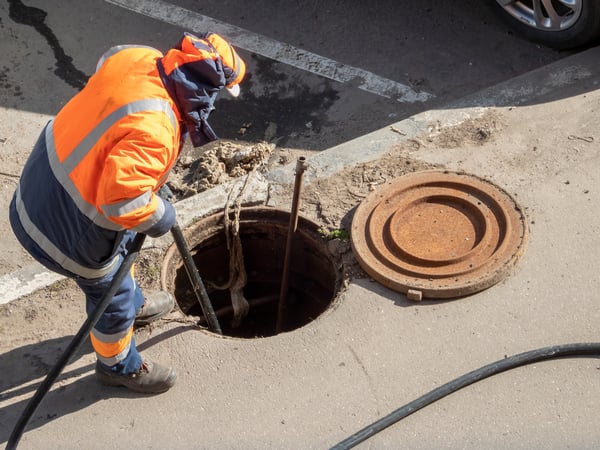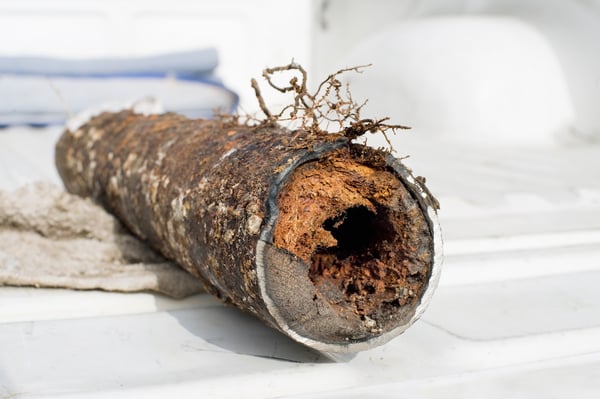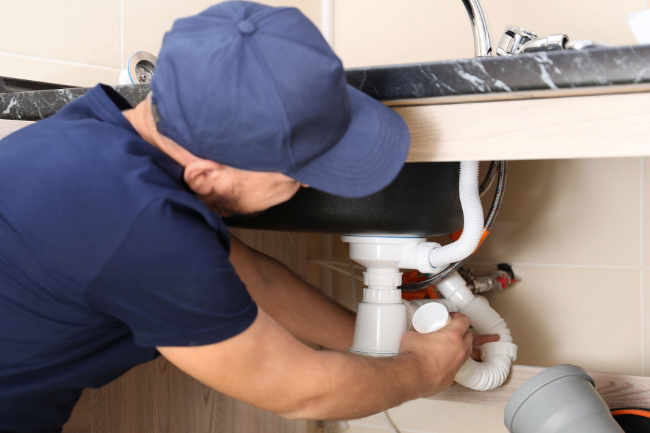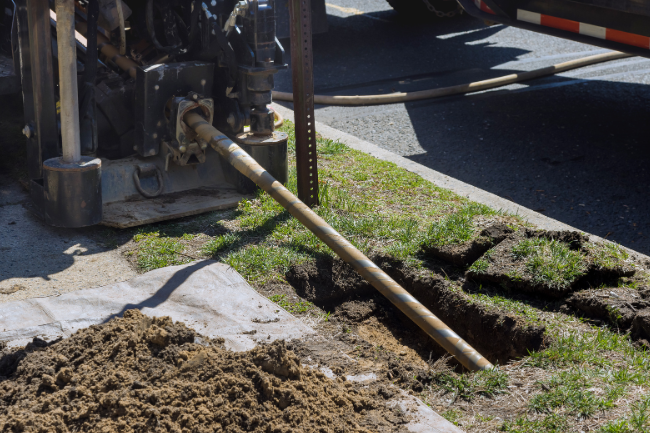How Often Should Municipal Sewer Inspections be Conducted?
Posted by William Heinselman on

Municipal sewers are vital to keeping residents safe and the environment healthy. In order to keep homes and businesses running smoothly, it’s up to the city of Sacramento to keep the sewer lines maintained. This requires frequent sewer inspections to ensure no unexpected problems arise that cause costly repairs or water contamination.
When to Conduct a Municipal Sewer Inspection
The timing of municipal sewer inspections is a matter of strategic planning and foresight. Regular inspections, typically conducted on an annual or biennial basis, serve as a proactive approach to identifying potential issues before they escalate into costly and disruptive problems.
Regular Checks
The frequency can vary depending on several factors, including the age of the sewer system, the volume of wastewater it handles, and its geographical location. Additionally, sewer inspections should be scheduled after significant weather events or natural disasters, which can strain the system.
By taking these factors into consideration, the city can establish an inspection schedule that strikes the right balance between preventive maintenance and budget considerations, ensuring the longevity and reliability of the sewer system.
In Case of Emergencies
In the event of sewer emergencies, the need for swift and effective inspections becomes paramount. These unforeseen situations, often triggered by sudden blockages, collapses, or significant overflows, demand immediate attention to minimize the potential for widespread damage and health hazards.
Emergency sewer inspections are typically triggered by reports of issues, unusual odors, or visible problems, and they involve the rapid deployment of inspection teams equipped with specialized tools and equipment.
These high-priority assessments are conducted to diagnose the problem, determine the extent of the damage, and formulate an immediate response plan to restore functionality and protect the surrounding environment and community. Timely and accurate inspections in emergency scenarios are indispensable for mitigating the consequences of sewer-related crises.

Common Issues to Look For During Sewer Inspections
During sewer inspections, whether routine or in response to specific concerns, it is crucial to be vigilant for a range of common issues that can impact the integrity and functionality of the sewer system. We’ve outlined some of the most common issues below.
Cracked Pipes
Cracks can emerge from various factors, including age, ground movement, and corrosive wear, and they pose a significant risk to the sewer infrastructure. Detecting these cracks is crucial, as they can lead to leaks, structural damage, and groundwater infiltration, potentially compromising the system's effectiveness.
Modern inspection technologies, such as closed-circuit television (CCTV) cameras, allow inspectors to identify these issues with precision, ensuring that necessary repairs or rehabilitation can be implemented promptly to prevent further deterioration and maintain the integrity of the municipal sewer network.
Tree Roots
During municipal sewer inspections, identifying tree roots infiltrating the sewer system is a vital task. Tree roots can aggressively seek out sources of moisture, often penetrating sewer pipes through cracks, joints, or openings. When left unaddressed, these intrusions can obstruct wastewater flow, leading to clogs and structural damage in the pipes.
Skilled inspectors with specialized equipment, such as sewer cameras, are essential for locating and documenting root intrusions. The early detection of tree root problems is imperative to prevent blockages, backups, and costly repairs that may follow, ensuring the seamless operation of the municipal sewer system.
Clogged Sewers
Clogs can arise for different reasons, including debris buildup, grease accumulation, or foreign objects obstructing the sewer lines. Detecting these obstructions is crucial, as they can disrupt the normal flow of wastewater, potentially leading to sewage backups and overflows.
By employing advanced inspection tools, skilled plumbers can pinpoint and assess the severity of clogs, take action to clear the blockages, and ensure the smooth operation of the municipal sewer system, avoiding potential disruptions and health hazards.
Pipeline Flow
The examination of flow within the sewer lines helps inspectors determine if the pipes are operating as intended, with an unimpeded movement of wastewater. Slow or stagnant flows may indicate obstructions, structural issues, or damage. Inspectors use flow monitoring equipment and visual observations to assess pipeline flow rates and patterns.
Sewer Inspection Next Steps
If you’re in need of hydro-jetting or trenchless sewer repair work, Express Sewer & Drain is here for you. We have extensive experience in Sacramento municipal sewer inspections and repairs and know what it takes to get the job done within your budget. Contact us today to learn more about our services!
Topics: Trenchless Technology, Municipal Plumbing, Sewers


![Repiping Your Sacramento Home [6 Steps]](https://www.expresssewer.com/hs-fs/hubfs/plumbing%20tools%20and%20blueprints.jpeg?width=550)




